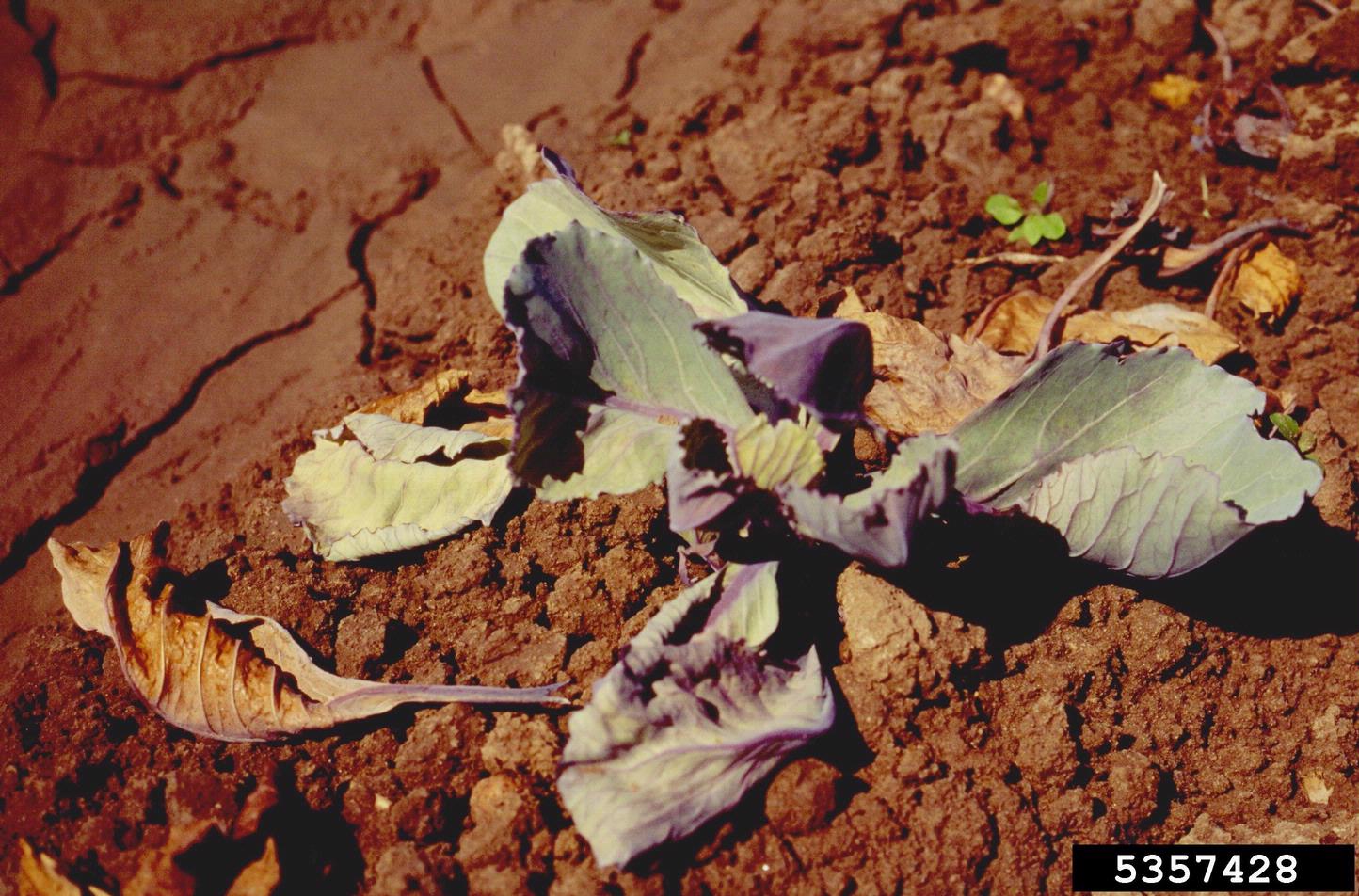Fusarium Yellows Of Cole Crops: Managing Cole Crops With Fusarium Yellows


Fusarium yellows affects many plants in the Brassica family. These pungent type vegetables are also called cole crops and are heart healthy additions to the garden. Fusarium yellows of cole crops is an important disease which can cause huge economic loss in commercial settings. It is a fungal disease that causes wilting and often plant death. Control of cole crop fusarium yellows can help prevent the spread of this very infectious disease.
Symptoms of Cole Crop Fusarium Yellows
Fusarium yellows in cole crops has been a recognized disease since the late 1800's. The fungus is closely related to the fusarium that causes wilt diseases in tomatoes, cotton, peas, and more. Cabbage is the most commonly affected plant, but the disease will also attack:
If any of your young veggies look a bit peaked and yellow, you may have cole crops with fusarium yellows in your garden. Young plants, especially transplants, are most commonly affected by fusarium yellows of cole crops. Usually within two to four weeks of transplant, the crop will show signs of infection. Leaves wilt and develop yellowing, before becoming stunted and warped, failing to develop properly. Often, the disease progresses more on one side of the plant, giving it a lop-sided appearance. The xylem, or the water conducting tissues, become brown and the leaf veins exhibit this color. In warm soils, plants may die within two weeks of contracting the infection. If soil temperatures drop, an infected plant can mostly recover, having only lost some leaves which it will re-grow.
Causes of Fusarium Yellows in Cole Crops
Fusarium oxysporum conglutinans is the causal fungus of the disease. It is a soil borne fungus with two types of spores, one of which is short lived and the other persisting for years. The fungus multiplies most rapidly in soil temperatures of 80 to 90 degrees F. (27-32 C.) but declines when temperatures drop to 61 degrees F. (16 C.). The fungus goes from field to field on equipment, pant legs, animal fur, wind, rain splash, and runoff water. The method of introduction is through the roots, where the fungus travels up into the xylem and causes tissues to die. The dropped leaves and other plant parts are heavily infected and can transmit the disease further.
Treating Cole Crops with Fusarium Yellows
There are no listed fungicides for this disease and normal cultural methods of control do not work. However, since soil temperatures seem to influence the fungus, planting earlier in the season when soil is cool can help prevent the disease. Clean up dropped leaves immediately and dispose of them to prevent wind borne exposure. You can also kill the fungus with steam treatments or a soil fumigant, and mulch around plants to keep the soil cool at the root zone. A common strategy is to rotate in crops that have their seed pre-treated with fungicides. The main way to control the disease is through use of resistant varieties, of which there are many cabbage and radish types.
Gardening tips, videos, info and more delivered right to your inbox!
Sign up for the Gardening Know How newsletter today and receive a free copy of our e-book "How to Grow Delicious Tomatoes".

Bonnie Grant is a professional landscaper with a Certification in Urban Gardening. She has been gardening and writing for 15 years. A former professional chef, she has a passion for edible landscaping.
-
 What Is A Pollinator Garden? Grow Gorgeous Blooms While Benefiting Your Local Ecosystem
What Is A Pollinator Garden? Grow Gorgeous Blooms While Benefiting Your Local EcosystemPollinator gardens look great and also provide a diverse ecosystem that benefits your local pollinating insects and animals. Get started today with this guide!
By Bonnie L. Grant
-
 5 Tough Urban Trees That Thrive In Cities – Top Picks For Urban & Suburban Landscapes
5 Tough Urban Trees That Thrive In Cities – Top Picks For Urban & Suburban LandscapesExplore the best urban trees that will add value to even the most challenging of landscapes. Get growing with these ideas and enjoy all the benefits of trees.
By Teo Spengler